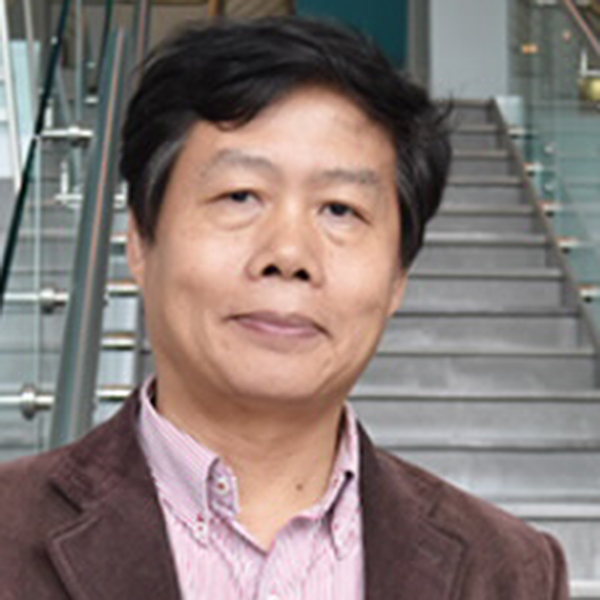Topological materials represent a paradigm shift in materials science, first proposed in 1987, demonstrated in the lab in 2013 (by FLEET PI Prof Qi-kun Xue, Tsinghua), and recognised by the 2016 Nobel Prize in Physics.
Double-dosing induces magnetism, strengthens electron quantum oscillations in topological insulator
Double doping induces a gap for the topological surface state, harnessing massive Dirac fermions in a dual-magnetic-ion-doped topological insulator, showing extremely strong quantum oscillations in the bulk.
A University of Wollongong–led team across three FLEET nodes has combined two traditional semiconductor doping methods to achieve new efficiencies in the topological insulator bismuth-selenide.
The resulting crystals show clear ferromagnetic ordering, a large bulk band gap, high electronic mobility, and the opening of a gap of surface state, making this system a good candidate to achieve QAHE at the higher temperatures necessary for viable, sustainable future low-energy electronics.
“The combination of electronic and magnetic properties in topological systems is the keystone of novel topological devices, and one of the core projects in FLEET,” says project leader Prof Xiaolin Wang (UOW). “We have proposed and successfully realised a new way to magnetise a novel electronic material – a topological insulator – by adding two different magnetic ions.”
Each one of various different magnetic elements used in magnetising a topological insulator possesses its own advantages and disadvantages. However, while previous studies employed only one element, the UOW-Monash University-RMIT team found that combining two elements also combined the advantages of each.
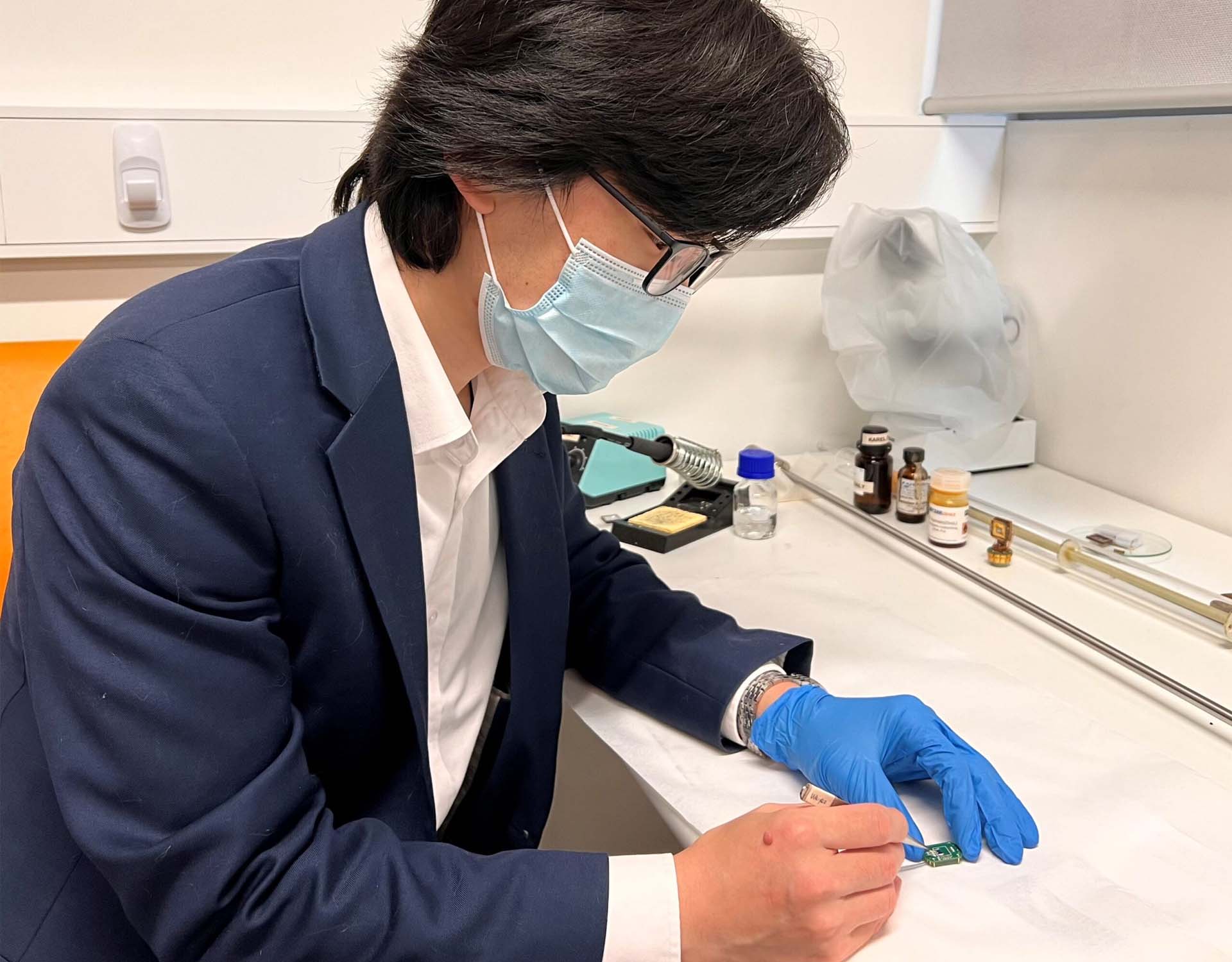
Lead author, FLEET Research Fellow Dr Weiyao Zhao (UOW)
“The dual doping strategy is thus proved viable for the growth of extremely high-quality topological insulators with both magnetism and excellent electron mobility, which are vital for low-energy electronic devices,” says the study’s lead author, Dr Weiyao Zhao.
The two key elements in the quantum anomalous Hall effect (QAHE) that ‘drives’ desirable properties in topological insulators and all related electronic technology are ferromagnetism and the topological electronic insulating property.
The collaborative FLEET study, combining expertise from UOW, Monash and RMIT pioneered a ‘dual element’ doping strategy to introduce magnetism in a topological insulator, thus improving both key elements at once.
Combining the advantages of two different doping elements, iron and samarium, results in large crystal growth, with a large surface band-gap, and huge quantum transport effect.
Previous approaches to realise quantum anomalous Hall effect (QAHE) in a topological insulator employed doping with a single transition-metal, such as iron, to create ferromagnetism.

Angle-resolved photoelectron spectroscopy (ARPES) shows photon-energy dependence (left) and energy distribution curves (right)
However, while this doping technique was successful in creating the desired magnetic ordering, the in-lattice transition metal jeopardises the desired high-mobility of the topological insulator, which in the case of low-energy electronics, defeats the purpose of using topological insulators at all!
Thus, QAHE has been realised via a transition metal doping strategy only at extremely low temperatures, which would require energy-intensive cooling. Again, this reduces the viability of such materials for future low-energy electronics.
To increase the operating temperature of QAHE, stronger magnetic interaction and higher mobility are desired.
After considering the successful elements of doping using transition metals such as iron, the research team decided to further introduce a stronger magnet, the rare earth element samarium.
The doping elements iron and samarium create the necessary ferromagnetic ordering in the crystals, which can open a massive gap at the Dirac cone of surface state. This is an essential element of achieving QAHE.
Further, the team proved that the electron mobility remains very high in the dual magnetic doped crystals. The mobility of topological insulators such as bismuth-selenide is several times faster than in classical semiconductors, such as silicon.
This research relates to FLEET milestones M1.13, M1.14 and M1.15
See page 14 of the strategic plan.
The study was published in Physical Research B in August 2021 (See publications).
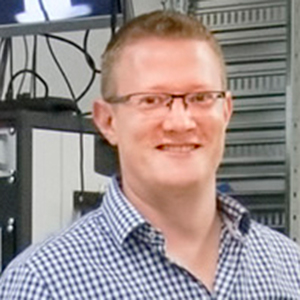
These crystals will be an ideal system to achieve QAHE at higher temperatures. And this may be a new way to cover the shortage of magnetic elements.
Dr Mark Edmonds (Monash)
Corresponding author, FLEET Associate Investigator
Collaborating FLEET personnel
Research Fellow
Weiyao Zhao
University of Wollongong/Monash University
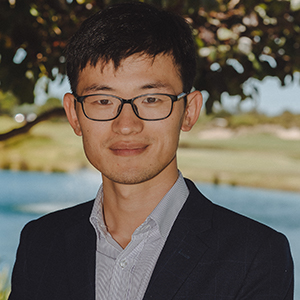
Research Fellow
Chi Xuan Trang
Monash University

PhD Student
Qile Li
Monash University
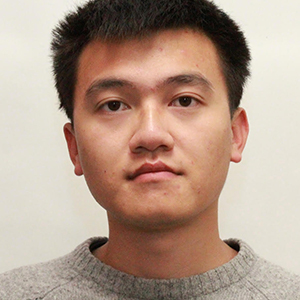
Research Fellow
Zengji Yue
University of Wollongong
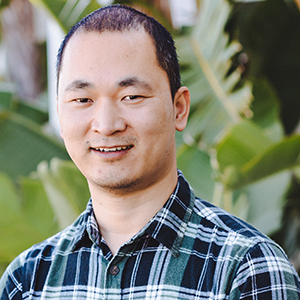
Research Fellow
Cheng Tan
RMIT University

Chief Investigator
Lan Wang
RMIT University
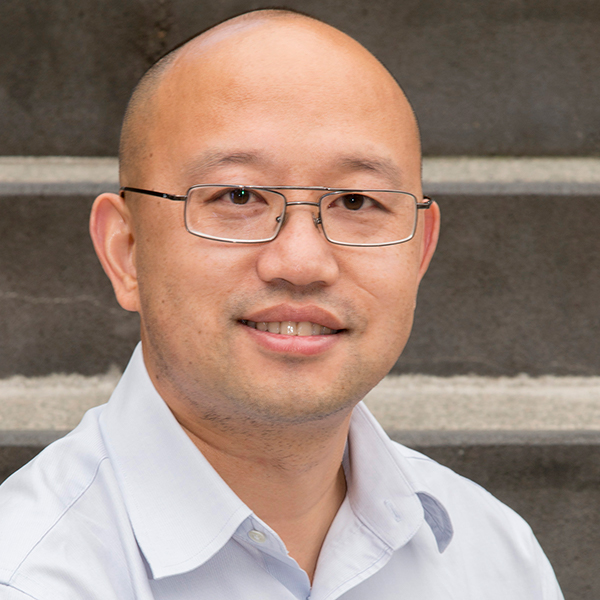
Scientific Associate Investigator
Mark Edmonds
Monash University

Scientific Associate Investigator
David Cortie
University of Wollongong

Chief Investigator
Xiaolin Wang
University of Wollongong
